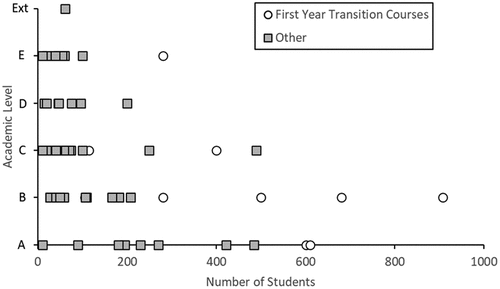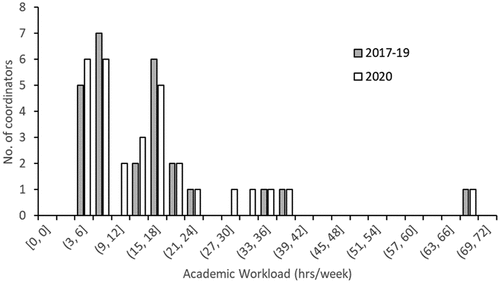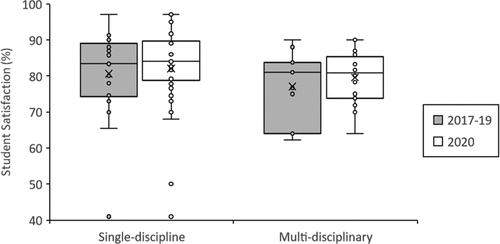Figures & data
Figure 3. Total hours vs student number (n = 70), where total hours = 3.291 x student number (R2 = 0.832).
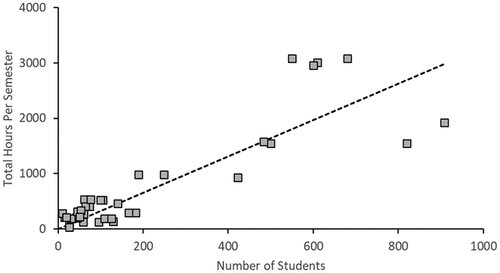
Figure 5. Types of assessment along the length of the degree (n = 14 for 1st year; n = 9 for 2nd year; n = 20 for 3rd year; n = 15 for 4th year; n = 8 for postgraduate; n = 66 for all).
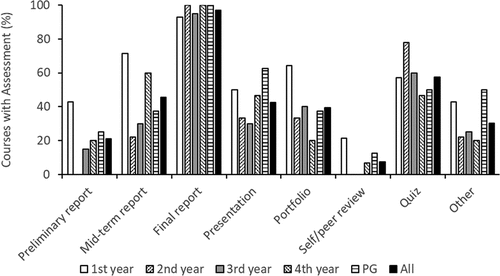
Figure 6. Assessment prevalence in multidisciplinary units (n = 22) and single-disciplinary units (n = 44) for a) preliminary reports, b) mid-project reports, c) final reports, d) presentations, e) portfolios, logs and reflections f) self/peer-review, g) tests and h) other assessment types.
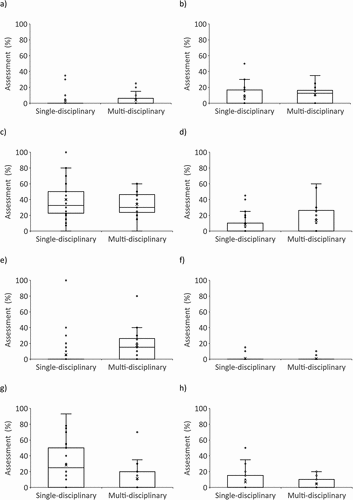
Table 1. Proportion of learning outcomes in technical and professional categories.

